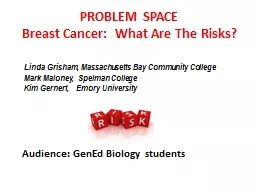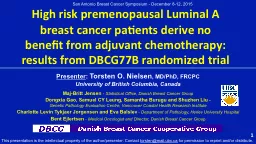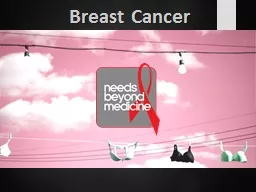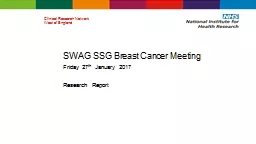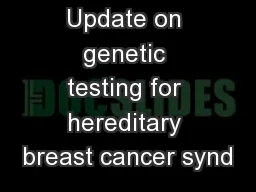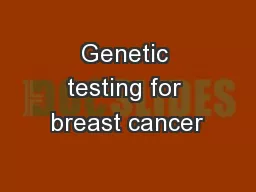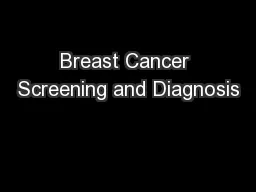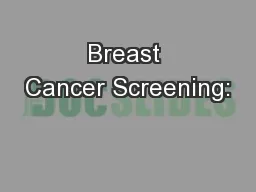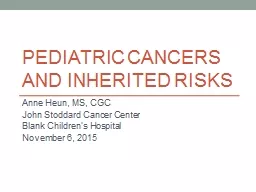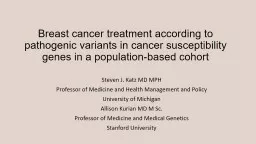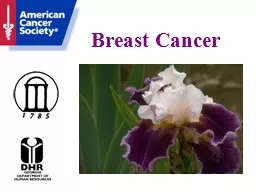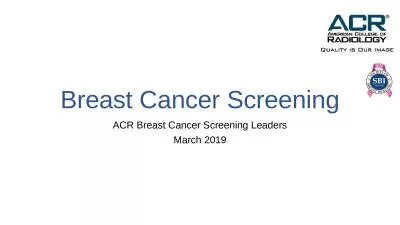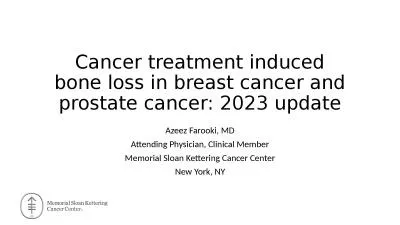PPT-PROBLEM SPACE Breast Cancer: What Are The Risks?
Author : danya | Published Date : 2022-06-08
Audience GenEd Biology students Linda Grisham Massachusetts Bay Community College Mark Maloney Spelman College Kim Gernert Emory University Inspired by the
Presentation Embed Code
Download Presentation
Download Presentation The PPT/PDF document "PROBLEM SPACE Breast Cancer: What Are..." is the property of its rightful owner. Permission is granted to download and print the materials on this website for personal, non-commercial use only, and to display it on your personal computer provided you do not modify the materials and that you retain all copyright notices contained in the materials. By downloading content from our website, you accept the terms of this agreement.
PROBLEM SPACE Breast Cancer: What Are The Risks?: Transcript
Download Rules Of Document
"PROBLEM SPACE Breast Cancer: What Are The Risks?"The content belongs to its owner. You may download and print it for personal use, without modification, and keep all copyright notices. By downloading, you agree to these terms.
Related Documents

